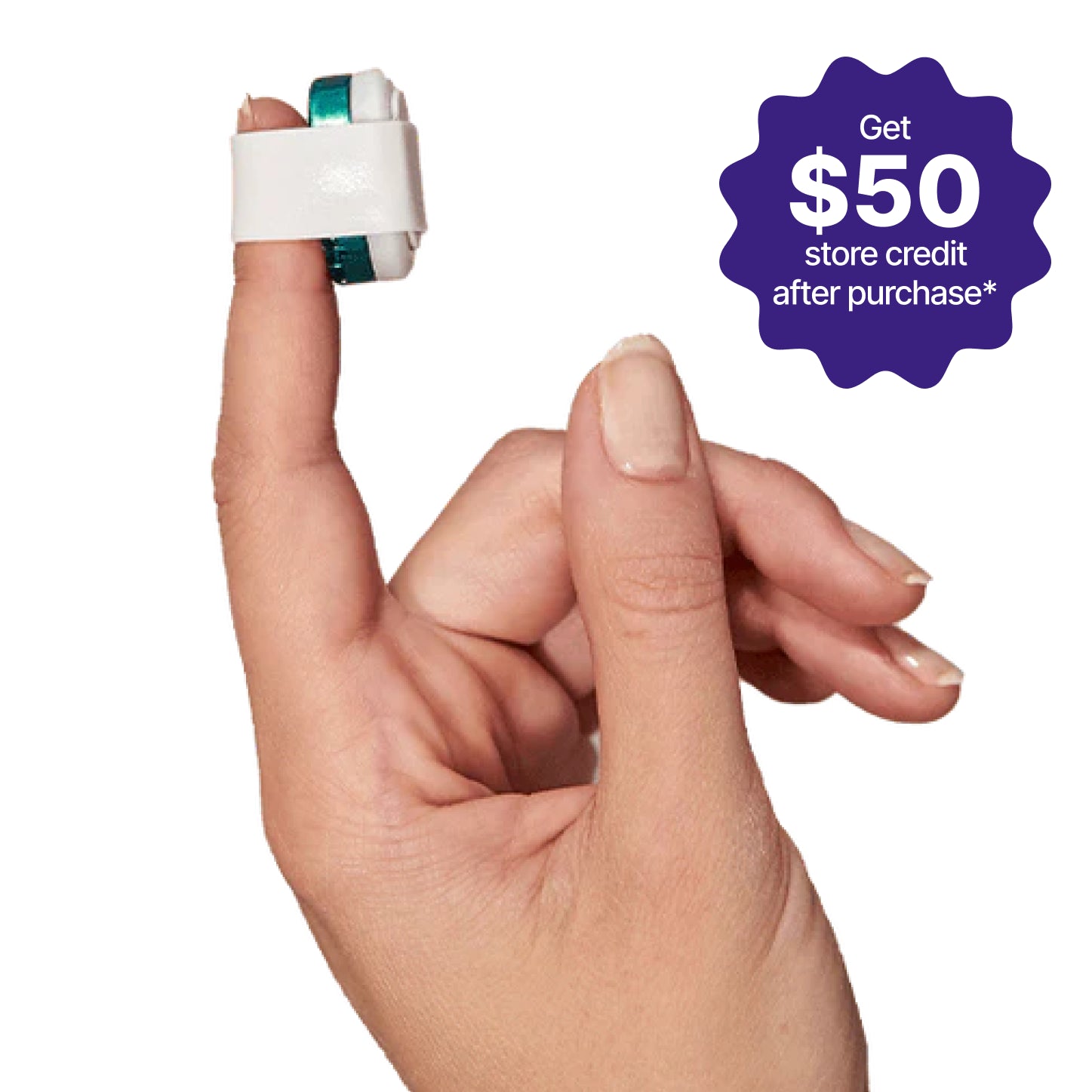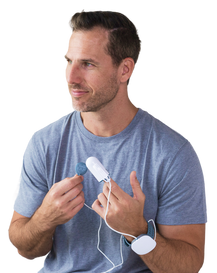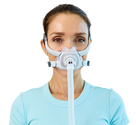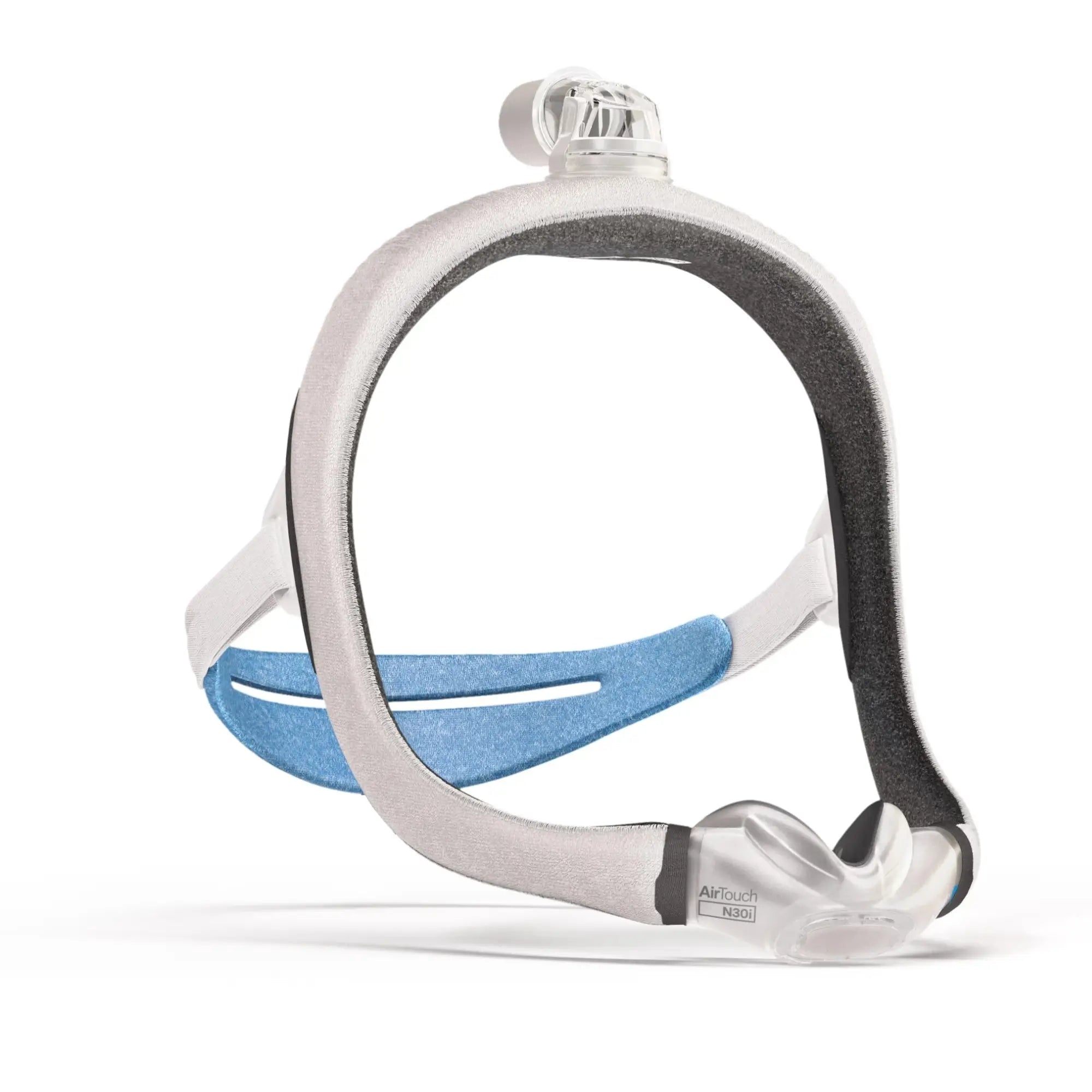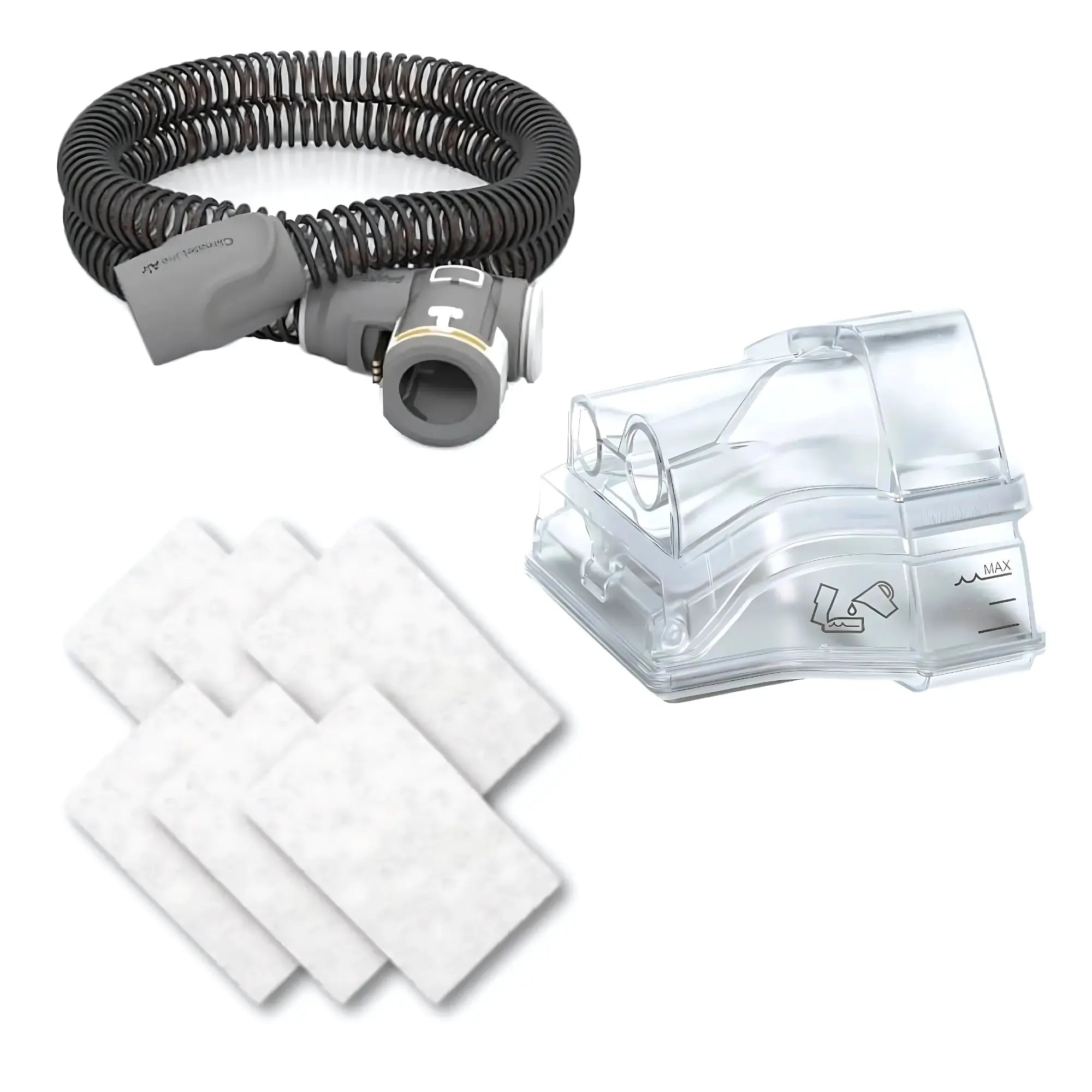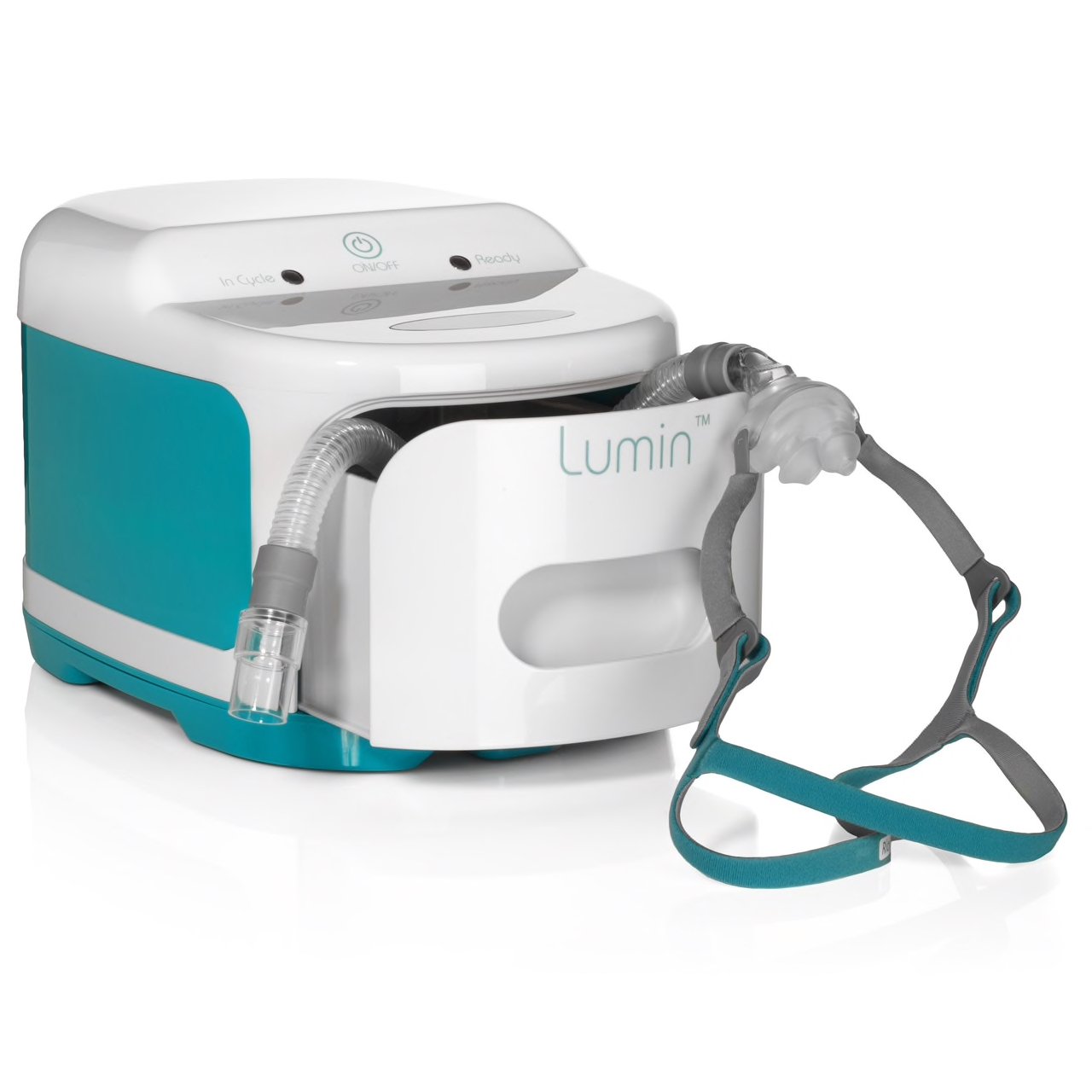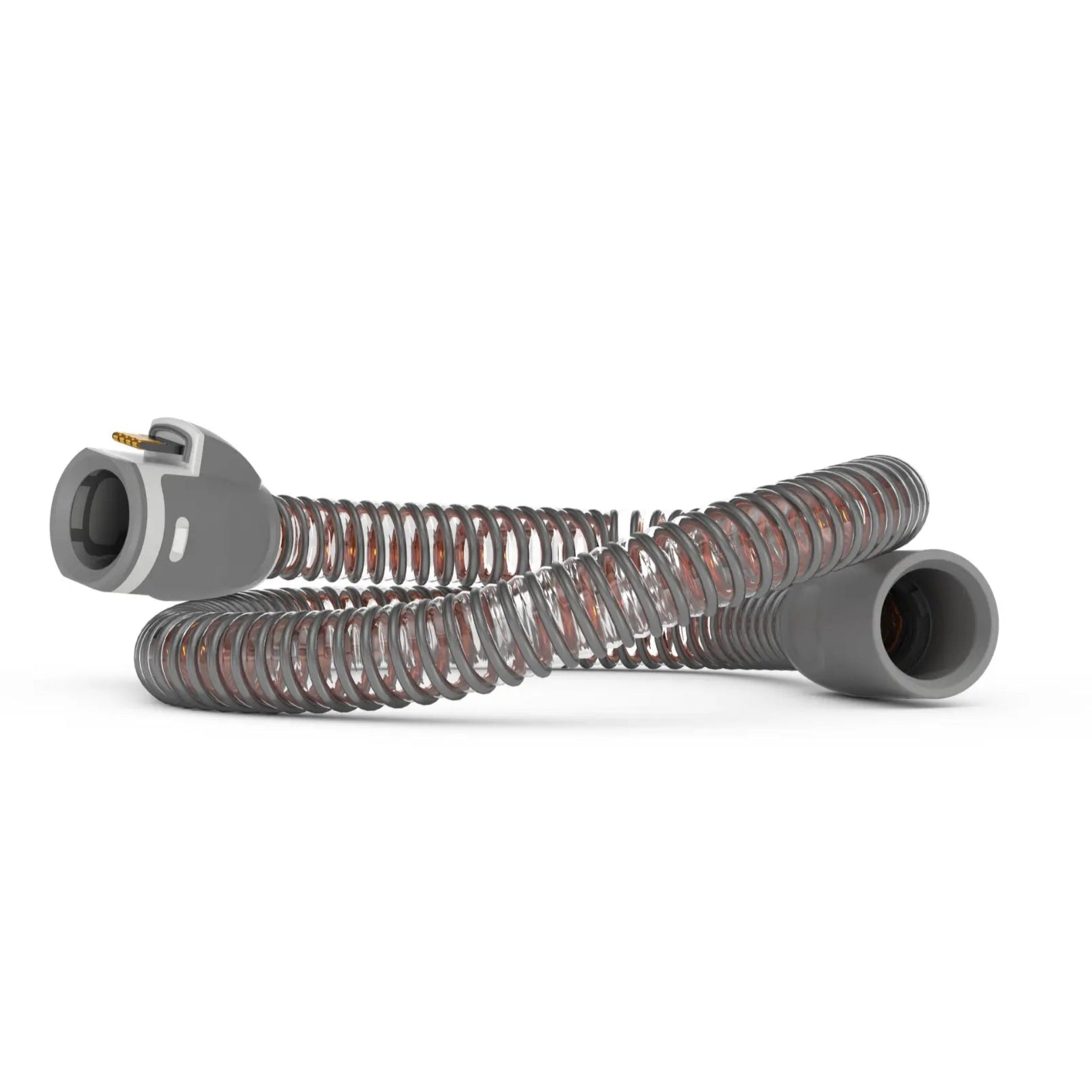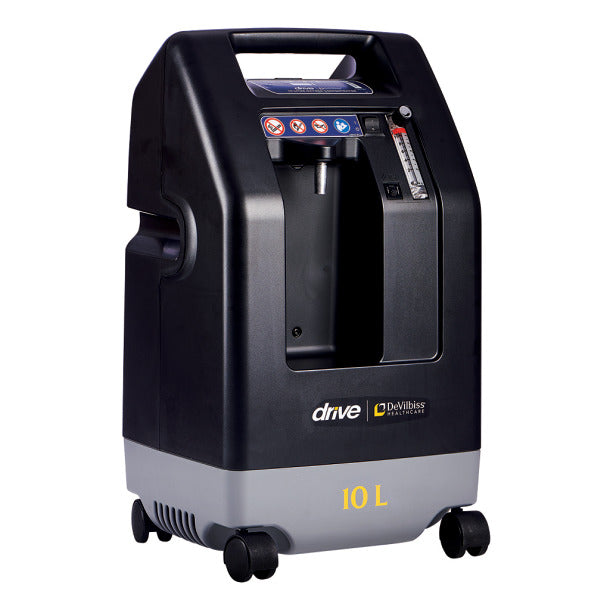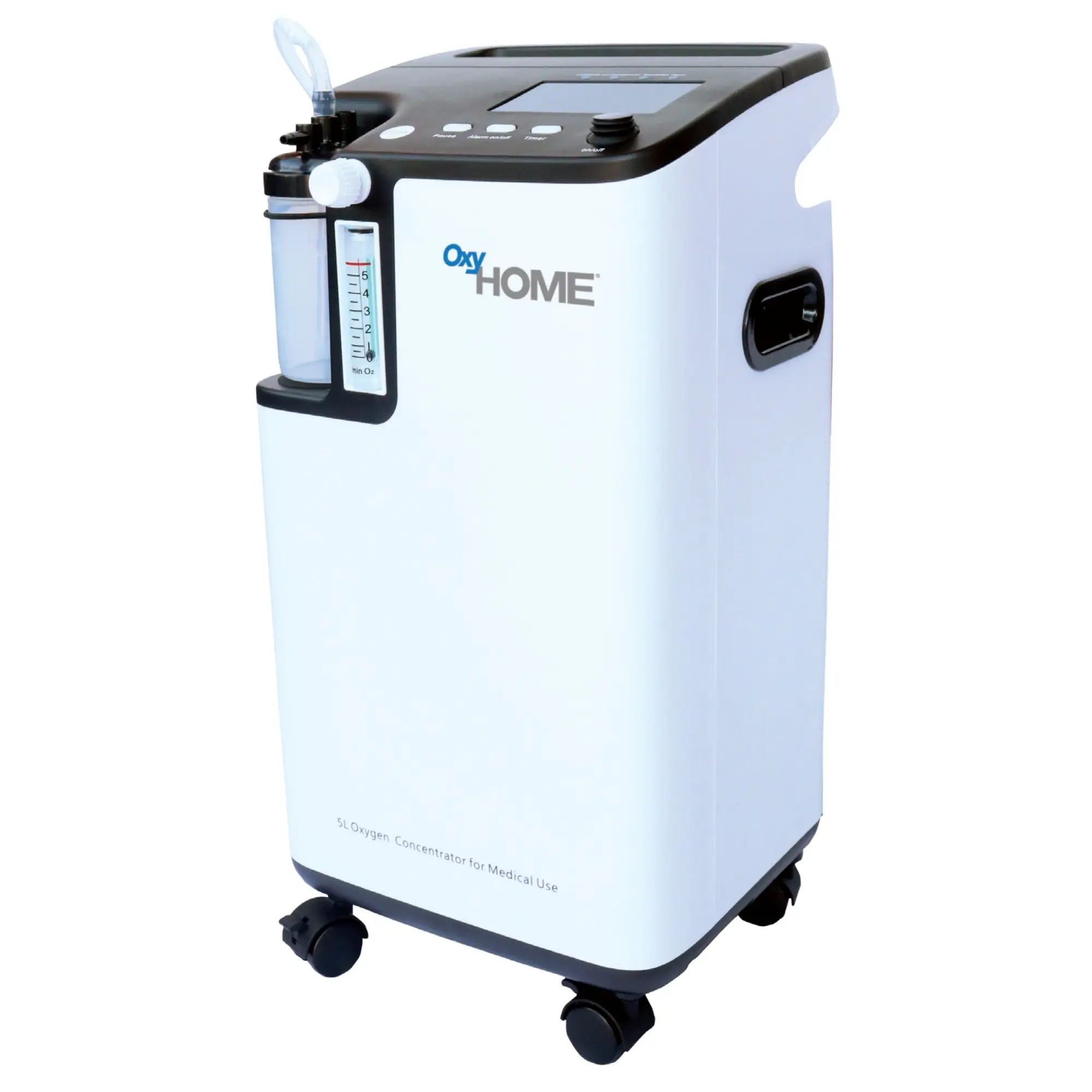For a long time, almost no extensive amount of research had been done on sleep health in US Latinos. The focus of sleep research always tended to heavily rely on European descendent White people. To a much lesser extent, some research might have been extended toward African Americans. The findings were then used to presume the same conditions for other racial and ethnic groups.
Yet, what can be gleaned from past literature and the research that has somewhat picked up suggests that the Hispanic community might have poorer sleep due to the US culture. Hispanic people experience a high amount of risk factors, from the inner cities itself to diabetes, obesity, to high alcohol usage. There’s some proof that sleeping disorders such as sleep apnea and unfavorable sleep hygiene are more common in US Latinos than one would like.
Let’s take a look at what has been uncovered for now.
Sleep Apnea In US Latinos
According to the study published Sleep-disordered Breathing in Hispanic/Latino Individuals by the American Journal of Respiratory and Critical Care Medicine, 6 percent of Hispanic women and 14 percent of men are inflicted with sleep apnea. Of course, we have to keep in mind the study is localized around Jupiter, a town in Florida.
Still, it presents a higher prevalence of sleep disorders compared to the general population. Sleep apnea is supposed to inflict only 2 percent of women and 4 percent of men in the US. so, the question arises as to why these sleep disorders seem to be afflicting one group over the other.
What is the cause of the high rate of Sleep Apnea In US Latinos?
While there are a variety of factors that contribute to sleep disorders in the Hispanic community, and not everyone's situation can be generalized, obesity appears to be the leading cause.
During the Sleep-Disordered Breathing study, researchers took note of any other illnesses these people might have. The obesity percentage, which looks to be relatively high among Latinos, stood out.
Obesity has long been strongly associated with sleep apnea. If one does not receive enough exercise, it is as much a cause as it is a symptom of sleep apnea.
As it stands, America appears to have a large amount of obese people. When various external factors are considered, the Hispanic group appears to have a high number of obese persons.
An overabundance of fat around the chest and neck puts significant pressure on the upper airways when you sleep. Sleep apnea is a condition in which a person has difficulty breathing while sleeping because their body relaxes too much. As a result, air does not circulate as freely in their bodies as it should.
If the fat tissues force the upper airways to collapse, it will become more difficult for air to circulate throughout the body.
As a result, high obesity is a risk factor for, a cause of, and, in some cases, the result of sleep apnea.
Can sleep apnea lead to other diseases in US Latinos?
The study indicated that the Hispanic population appears to have a greater rate of encounters with various diseases. This encompasses cardiovascular disease, diabetes, and hypertension. There is a good probability they will get these ailments as a result of their sleep apnea, which may or may not have been recognized yet.
Obstructive sleep apnea is more than just a person not breathing easily at night. Instead, it is something that bothers the individual all day and night. The individual may wake up frequently, have choking sensations while sleeping, and feel disoriented and lethargic throughout the day. Sleep apnea simply does not allow you to live your life in a healthy manner.
Consider someone whose body is continuously giving up on them in this manner. It slows people down and can have a negative impact on their heart in particular. Furthermore, as certain of the body's activities are disrupted, things like the body's glucose processing abilities can degrade.
And, certainly, this is where the high prevalence of diabetes stems from.
To deal with it, a person must undergo CPAP therapy and perform several exercises to keep the body's muscles fit. In fact, researchers believe that by treating sleep apnea, all of the other problems and symptoms will subside.
What Other Poor Sleep Conditions do Latinos Deal With?
According to the study Sleep Health in the U.S. Hispanic Population, Hispanic youth appear to have a higher risk of insomnia than those of non-Hispanic descent. This was decided with gender, age, and socioeconomic level in mind.
A concerning point is that even when it comes to hypersomnia, Hispanic youth seem to have a higher chance of experiencing it.
Insomnia and hypersomnia have both been identified as a problem that racial and ethnic minorities encounter more than the general population. However, once again, it appears that youth bear the burden of these sleep disturbances.
How these disorders affect adults are yet to be known for these racial and ethnic groups. It is hard to conclude if it gets severe or becomes manageable.
Final Thoughts
Sleeping disorders of any kind can disrupt your body's internal rhythm and health. If you are having trouble sleeping or breathing, you should try to schedule a doctor's appointment as soon as possible. Along with medication, your personal support, restraint, and work toward recovery can help with insomnia and hypersomnia.
While it is important to sleep early, have healthy sleeping habits, and exercise in general for more severe sleep disorders such as sleep apnea, CPAP therapy is still the ultimate answer. In fact, you should seek CPAP treatment while attempting to improve your sleeping habits.
Additionally, try to replace your CPAP machine's components as indicated.



